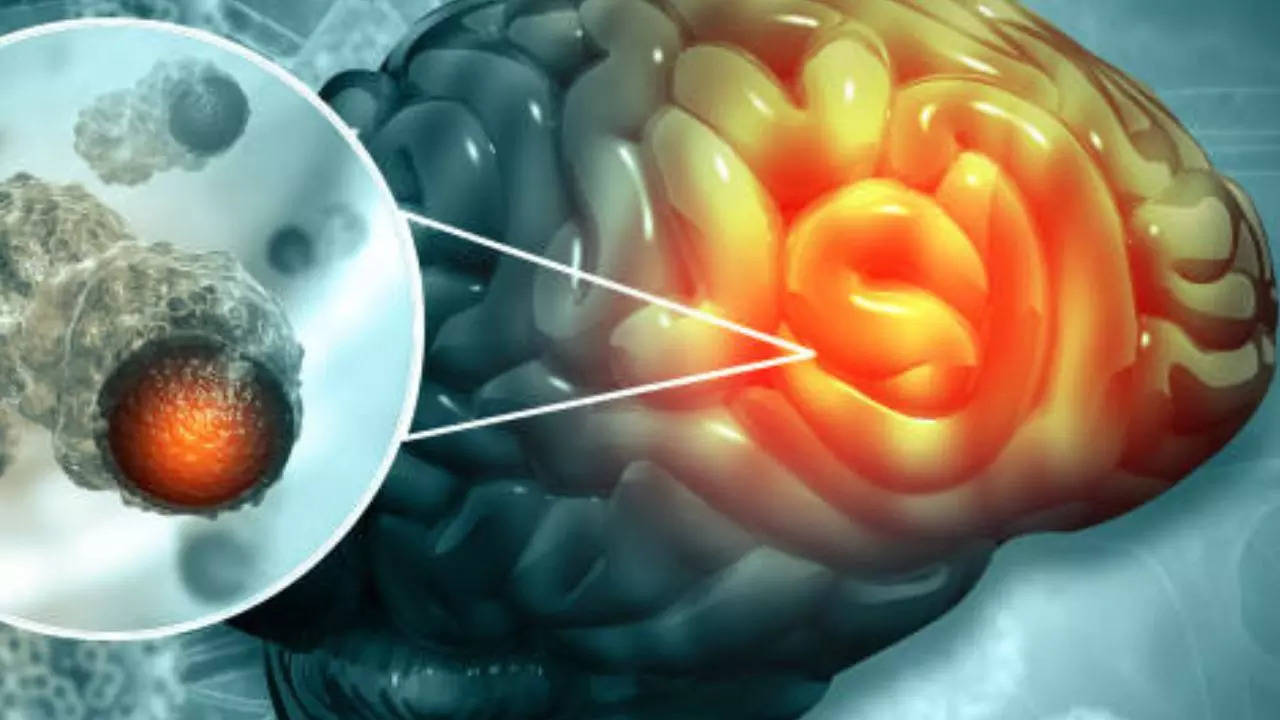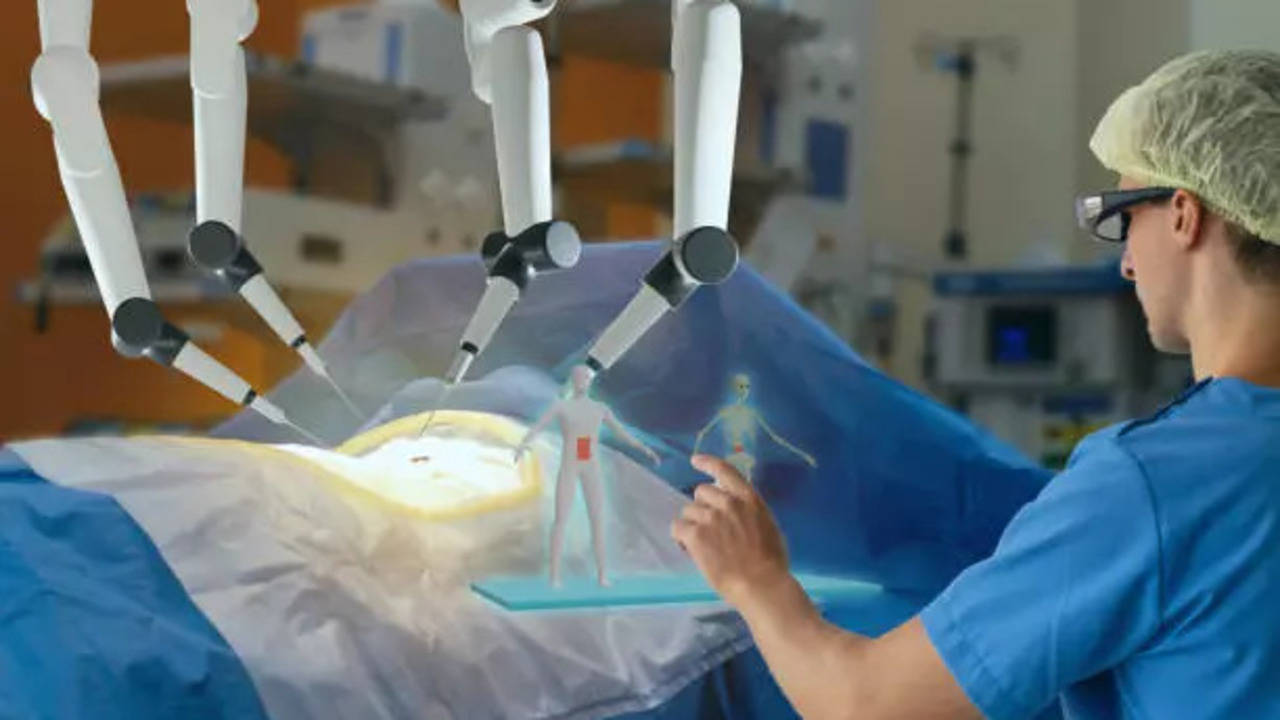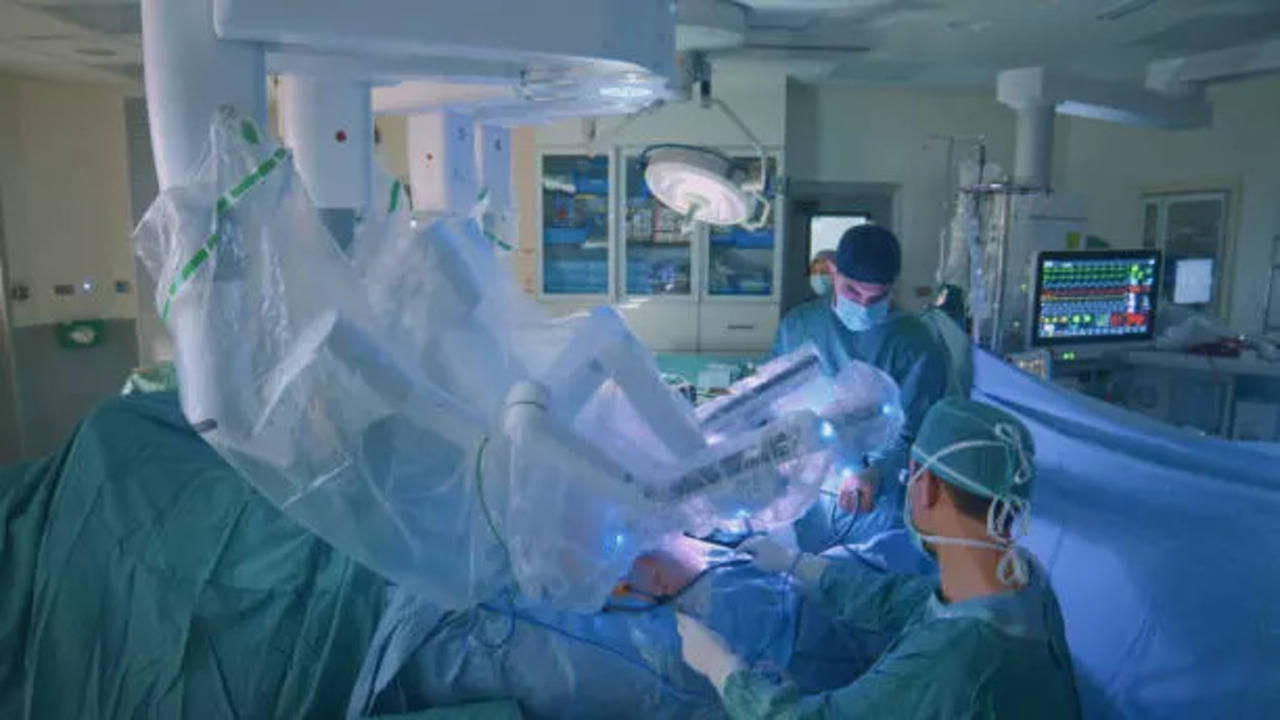Table of Contents

Brain tumour surgeries are now getting better with doctors using minimally invasive techniques, which can remove brain tumours with less disruption. Known as endoscopic brain surgery, it involves the use of specialized instruments and techniques that help access and remove the tumour through small incisions or natural body openings like the nostrils or mouth.
It is also known as keyhole surgery and helps save patients from many of the difficulties that come with open surgery. “Brain procedures have generally meant making big incisions and usually removing a portion of the skull, which has a high risk and necessitates a lengthy recovery period. Endoscopic brain surgery has transformed neurosurgery by giving patients an advanced, minimally invasive method of treating brain tumors and other challenging diseases,” Dr. Shrey Kumar Shah, Consultant – Neurosurgery, Manipal Hospital, Baner told Times Now.
How do endoscopes allow access through tiny openings? Related News | 
How Robotic-Assisted Surgery is Transforming Liver Transplants

Are Robotic Surgeries The Future Of Healthcare? Surgeon Lists The Benefits Of The New Tech
According to Dr. Shah, the method which uses an endoscope – a thin, flexible tube that has a tiny camera and light inside of it gives direct access to the tumour or targeted location without making large incisions. “Neurosurgeons introduce the endoscope through tiny apertures, usually the nasal passages or a tiny incision close to the base of the skull. The camera accurately guides the surgeon's movements by displaying high-definition, real-time images on a monitor,” he said.
Surgeons safely maneuver around fragile structures thanks to this visibility, reducing the possibility of damaging adjoining brain tissue.
Is the keyhole surgery right for you? Related News | 
Revolutionising Cancer Treatment: Oncologist Explains The Role Of Minimally Invasive Robotic Surgery in Uterine and Cervical Cancer
While minimally invasive brain tumour surgery offers several potential advantages, it may not be suitable for all types and sizes of brain tumours. Complex or large tumours require open surgery for optimal resection and access.
Additionally, the decision to pursue minimally invasive surgery versus open surgery is based on careful consideration of individual patient factors, tumour characteristics, and the surgeon’s judgement.
Endonasal approach for pituitary tumors
Pituitary tumour treatment is one of the main uses of endoscopic brain surgery. These tumours, which are found at the base of the brain, can cause a range of symptoms, including visual issues and hormonal irregularities. By entering the nasal cavity via an endonasal technique, the endoscope can reach the tumour location directly and without making any visible incisions.
In addition to lessening surgical trauma, this method significantly reduces recovery time, enabling patients to resume their regular activities sooner.
How to treat multiple conditions with minimal disruption?
Dr. Shah says many brain disorders like intraventricular tumours, skull base tumours, and cysts can also be successfully treated with endoscopic brain surgery. “In these situations, tiny, generally less than inch diameter, holes in the skull may be used to introduce the endoscope. Surgeons can remove or biopsy the tumour with little damage to the surrounding tissues by using sophisticated surgical instruments that can travel through the same channel as the endoscope,” he added.
This method offers safer access for difficult or deep-seated malignancies, lowering the dangers involved with open surgery.
Benefits of keyhole surgery
Endoscopic brain surgery patients experience less scarring, fewer infections, and less discomfort following surgery. When compared to traditional surgery, hospital stays become much shorter, and there is a far lower chance of consequences like neurological damage.
In most cases, hospital stays are significantly shorter compared to traditional surgery, and the risk of complications, including neurological deficits, is greatly reduced. Other benefits include:
- Smaller incisions and bony openings
- Less exposure to normal brain structure
- No use of brain retraction with less manipulation of the brain itself
- Less pain and lower need for narcotics
- Rapid recovery, mobilization, and return to normal activities
- Discharge from the hospital typically occurs within one to two days post-surgery

